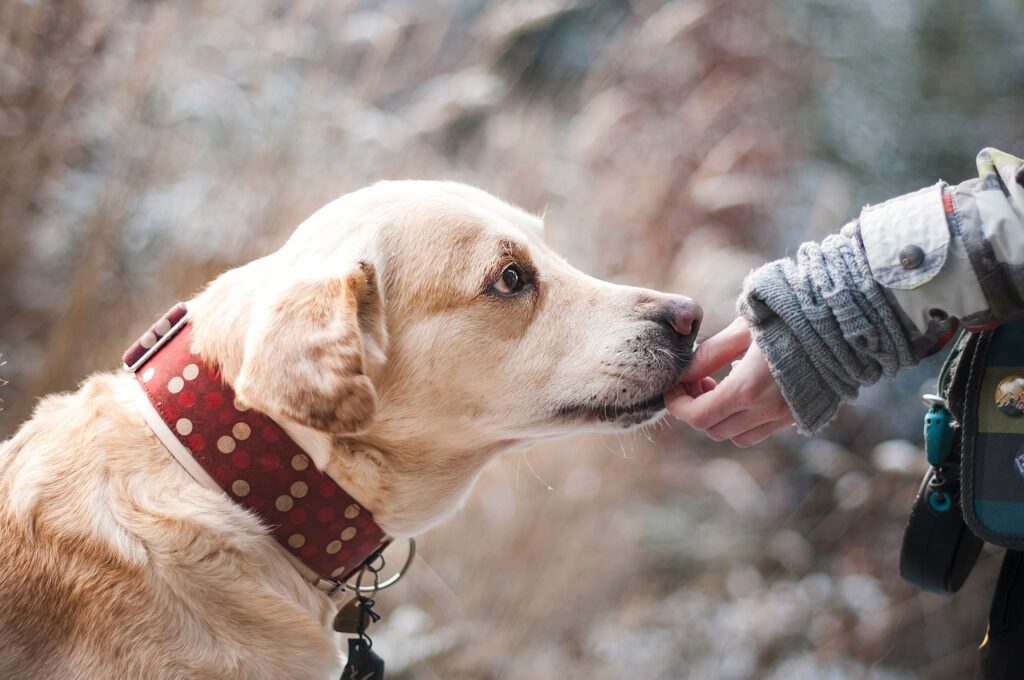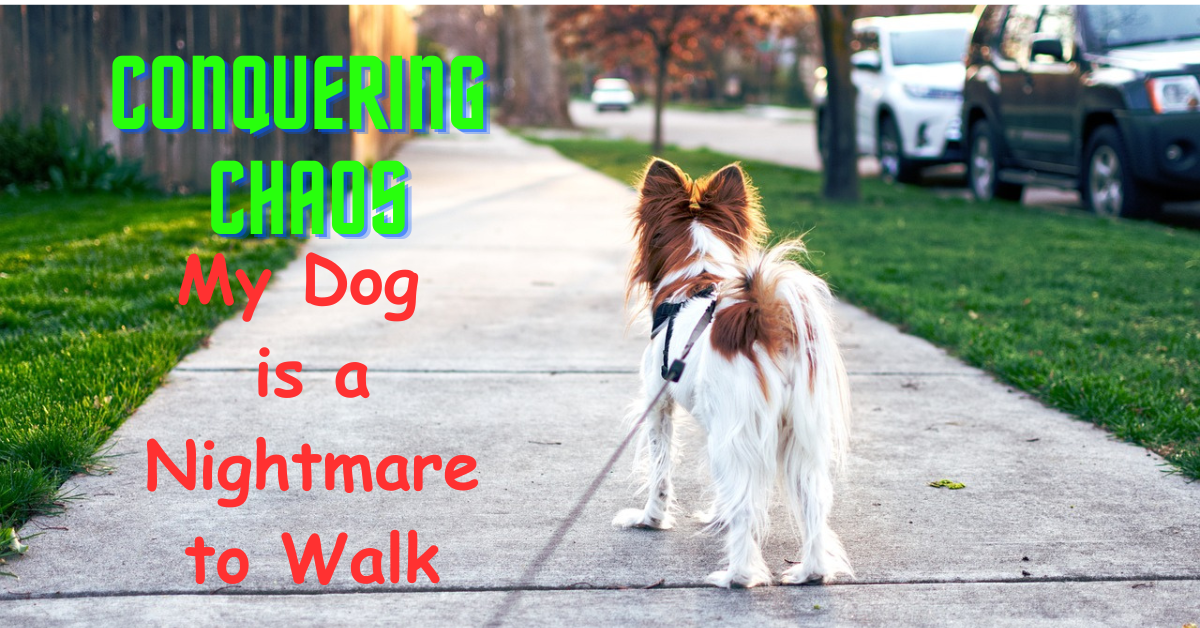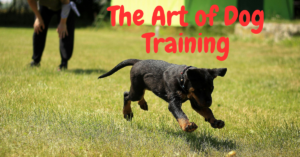Introduction:
When my dog is a nightmare to walk, it feels like stepping into an unpredictable adventure. From sudden lunges at passing squirrels to relentless pulling towards every interesting scent, walking my furry companion is a constant test of patience and strength. Despite trying various training techniques and equipment, the battle of wills between me and my dog continues to play out on the sidewalks.
As we navigate our neighborhood streets, I can’t help but admire my dog’s unwavering curiosity for the world around us. His boundless energy and enthusiasm are infectious, even if they often lead to chaotic walks filled with tugs-of-war and impromptu detours. Through this challenging journey, I’ve come to appreciate the moments of joy and connection that arise when we manage to find harmony amidst the chaos.
The task of walking my troublesome pup, who’s a nightmare to walk, has taught me valuable lessons in flexibility, persistence, and forgiveness. While our walks may not always go according to plan, they serve as a reminder that life’s greatest rewards often come from embracing challenges head-on. So next time your furry friend turns a simple stroll into a whirlwind adventure, remember that beneath the chaos lies an opportunity for growth and bonding unlike any other.

The challenges of training a difficult dog:
Training my dog, who’s a nightmare to walk, can be a frustrating and exhausting experience. It requires patience, consistency, and understanding to overcome the challenges that arise. One of the key challenges is identifying the underlying reasons for the dog’s difficult behavior, which may stem from fear, anxiety, or past trauma.
Moreover, training a difficult dog often requires different approaches and techniques compared to training a more compliant pet. It is essential to tailor the training methods to suit the individual personality and needs of the dog in order to achieve success. Despite the difficulties faced in training a problematic pup, it can also be an incredibly rewarding experience as you witness their progress and growth over time.
Strategies for better leash walking:
Positive Reinforcement Training:
Use treats or your dog’s favorite toy to reward good behavior during walks. Whenever your dog walks nicely by your side without pulling or exhibiting unwanted behaviors, praise and reward them immediately. This positive reinforcement will encourage your dog to repeat the desired behavior.
Practice Loose Leash Walking:
Teach your dog to walk on a loose leash by using gentle leash pressure and stopping whenever they start to pull. As soon as your dog relaxes and the leash goes slack, resume walking and reward them for staying by your side. Consistent practice and patience are key to teaching your dog to walk calmly on a leash.
Desensitization and Counterconditioning:
If your dog reacts negatively to certain stimuli like other dogs, people, or vehicles during walks, gradually expose them to these triggers in a controlled setting while providing positive experiences, such as treats or play. Over time, your dog will learn to associate these previously stressful stimuli with positive outcomes, reducing their reactivity.
Engage Your Dog’s Mind:
Dogs that are mentally stimulated are less likely to exhibit unwanted behaviors during walks. Incorporate training exercises, games, or interactive toys into your walks to keep your dog’s mind engaged and focused on you. This can help redirect their attention away from distractions and encourage better behavior.
Ensure Sufficient Exercise and Mental Stimulation:
Sometimes, a dog’s difficulty on walks stems from pent-up energy or boredom. Make sure your dog gets enough physical exercise and mental stimulation through activities like playtime, obedience training, or interactive puzzles. A tired and mentally satisfied dog is more likely to behave well during walks.
Remember to be patient, consistent, and gentle with your dog as you implement these strategies. Building a strong bond and trust between you and your dog is essential for successful leash training. If you’re struggling to make progress, consider seeking guidance from a professional dog trainer or behaviorist who can provide personalized advice and support.
Final Thoughts:
Walking a difficult dog can be a nightmare for many pet owners. Despite the challenges, it’s important to remain patient and consistent in your training efforts. Use some or all of the techniques shared in this article. With time there is a good chance you will see definite improvements. if all else failed seeking guidance from a professional dog trainer or behaviorist may provide valuable insights on how to improve your dog’s behavior while on walks. Remember that every dog is unique and requires individualized attention and care. With dedication and perseverance, you can work towards turning your nightmare walks into enjoyable experiences for both you and your furry companion.




